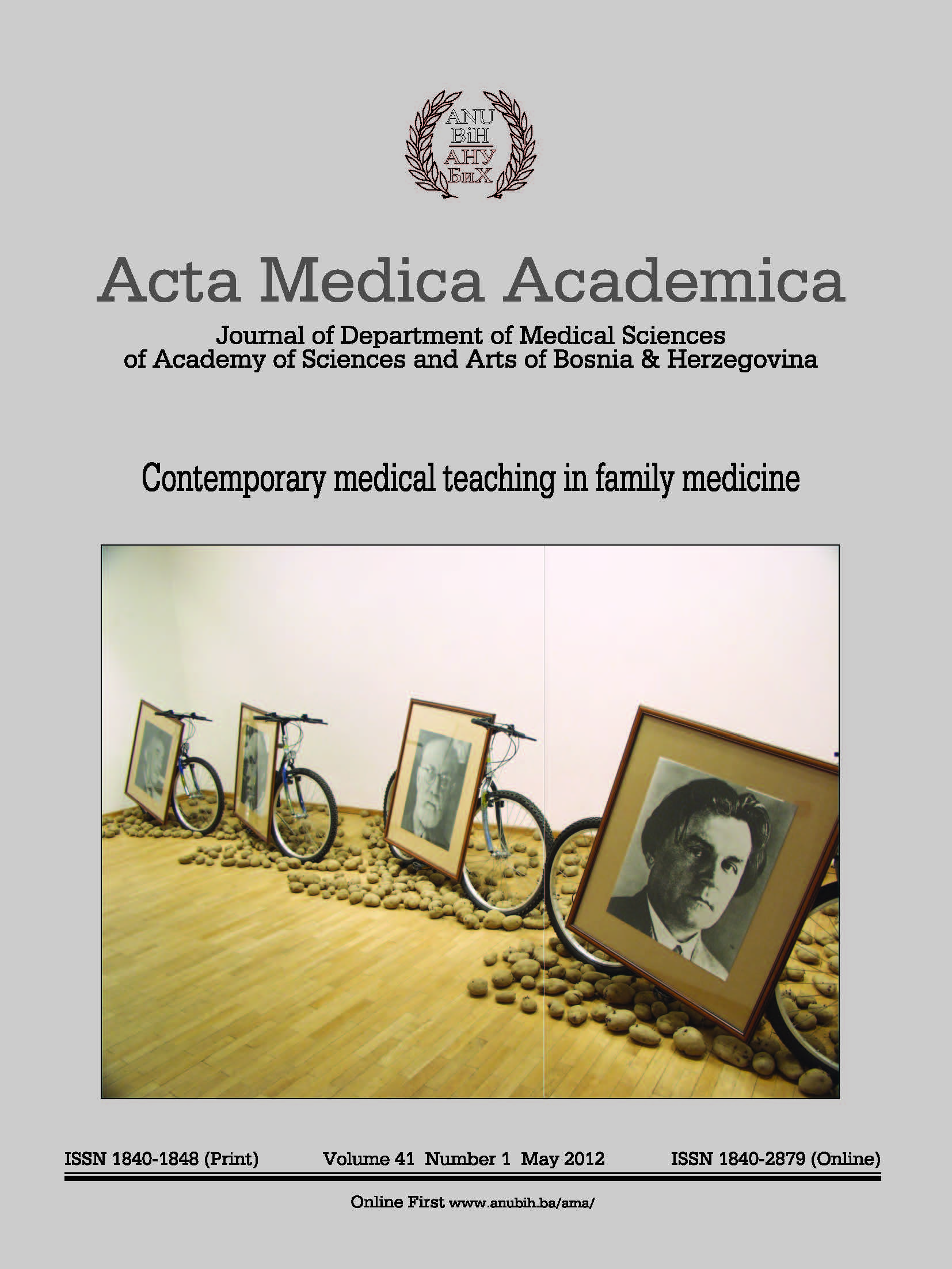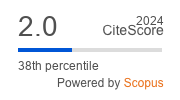Students’ letters to patients as a part of education in family medicine
Keywords:
Letter to the patient, Family practice, Communication, Doctor patient relationshipAbstract
Family medicine fosters holistic approach to patient-centered practice.Current medical curriculum in Croatia does not have well-structuredcourses or tools to prepare medicals students for successful communicationwith the patient and for building lasting and beneficial doctor-patient relationship. We explored the value of students’ practicein writing letters to patients about their illness as a way of buildingpersonal and compassionate relationship with patients. Sixth year studentsat the School of Medicine in Split wrote letters to the patientsfrom consultations under the supervision of the supervisor in a familymedicine practice. Structured teaching of communication with thepatient brings family medicine back to what has actually always beenits main part – communication and doctor-patient relationship. Ourfuture aim is to develop students’ letters to patients as a new tool inthe family medicine course examination. Moreover, we will investigatehow they can be used in everyday practice of family medicine.References
Kaeufer K, Scharmer CO, Versteegen U. Breathing life into a dying system. Reflections. The SoL Journal. 2003;5:1-10.
Gillies J, Mercer SW, Lyon A, Scott M, Watt GCM. Distilling the essence of general practice: a learning journey in progress. Br J Gen Pract. 2009;59:167-76.
Ožvačić Adžić Z, Katić M, Kern J, Lazić Đ, Cerovečki Nekić V, Soldo D. Patient, physician, and practice characteristics related to patient enablement in general practice in Croatia: Cross-sectional survey study. Croat Med J. 2008;49:813-23.
Egnew TR, Mauksch LB, Greer T, Farber SJ. Integrating communication training into a required family medicine clerkship. Acad Med. 2004;79:737-43.
Duffy FD, Gordon GH, Whelan G, Cole-Kelly K, Frankel R, Buffone N, et.al. Assessing competence in communication and interpersonal skills: the Kalamazoo II report. Acad Med. 2004;79:495-507.
Teutsch C. Patient-doctor communication. Med Clin North Am. 2003;87:1115-45.
Dolan B, Goren N, Perlis C. Epistolary medicine. Lancet. 2009;374:1588-9.
Freed PE, McLaughlin DE, SmithBattle L, Leander S, Westhus N. Therapeutic letters in undergraduate nursing education: ideas for clinical nurse educators. Nurse Educ Today. 2010;30:470-5.
Roberts NJ, Partridge MR. How useful are post consultation letters to patients? BMC Med. 2006:4:2.
Christner JG, Stansfield RB, Schiller JH, Madenci A, Keefer PM, Pituch K. Use of simulated electronic mail (e-mail) to assess medical student knowledge, professionalism and communication skills. Acad Med. 2010;85:S1-4.
Barnhart A, Lausen H, Smith T, Loop L. Electronic health communication: an educational application for this principle of the patient-centered medical home. Fam Med. 2010;42:322-6.





